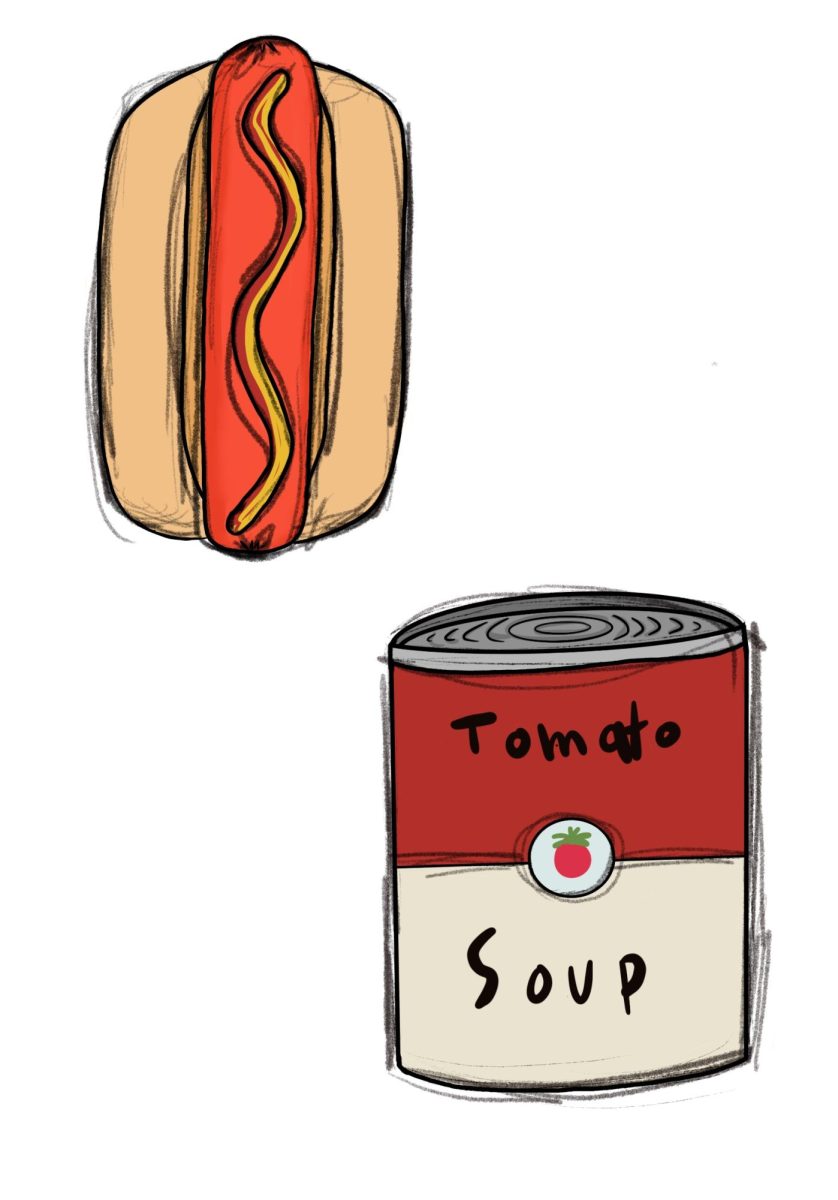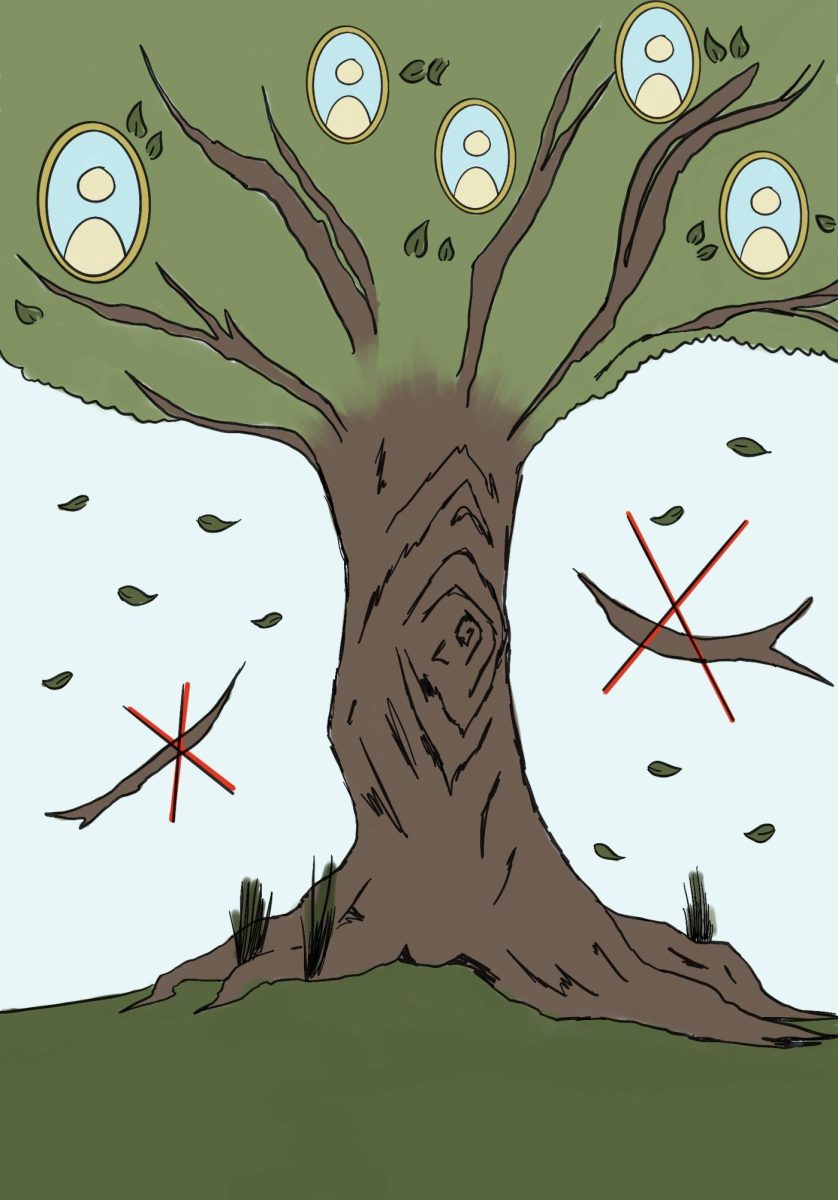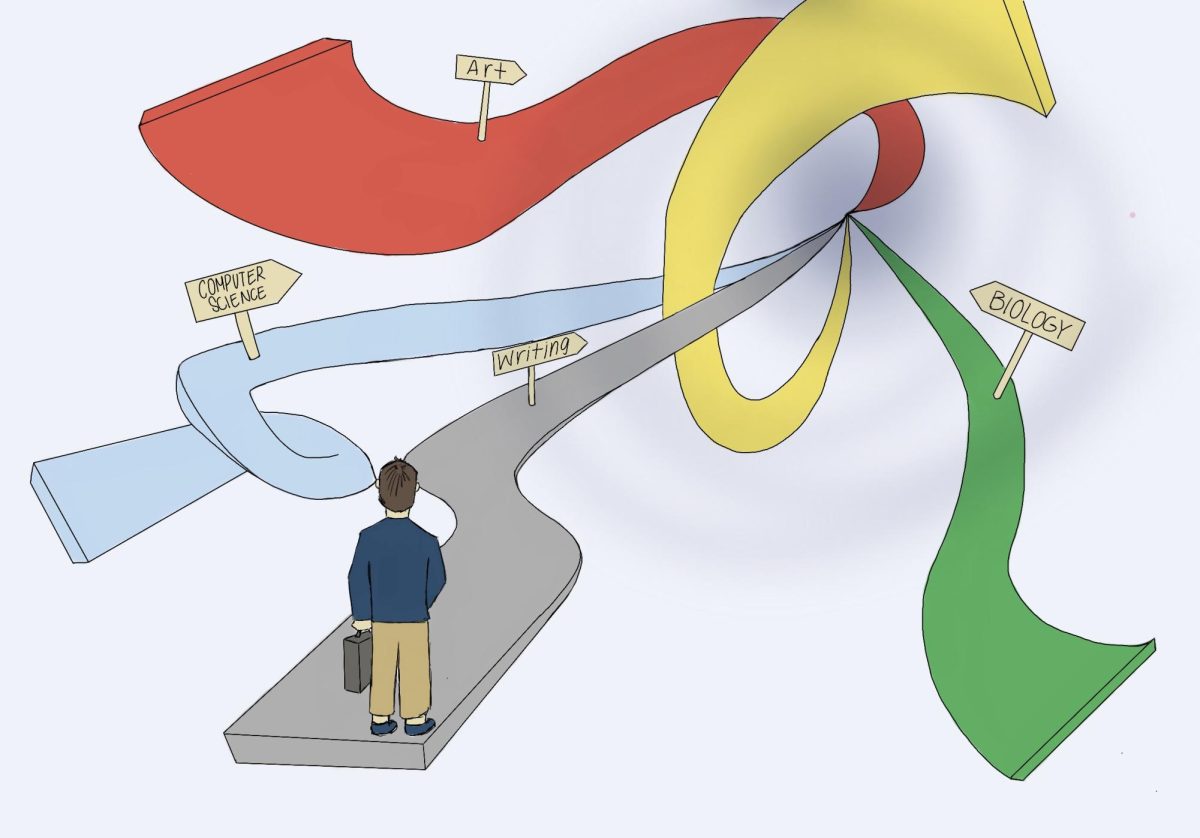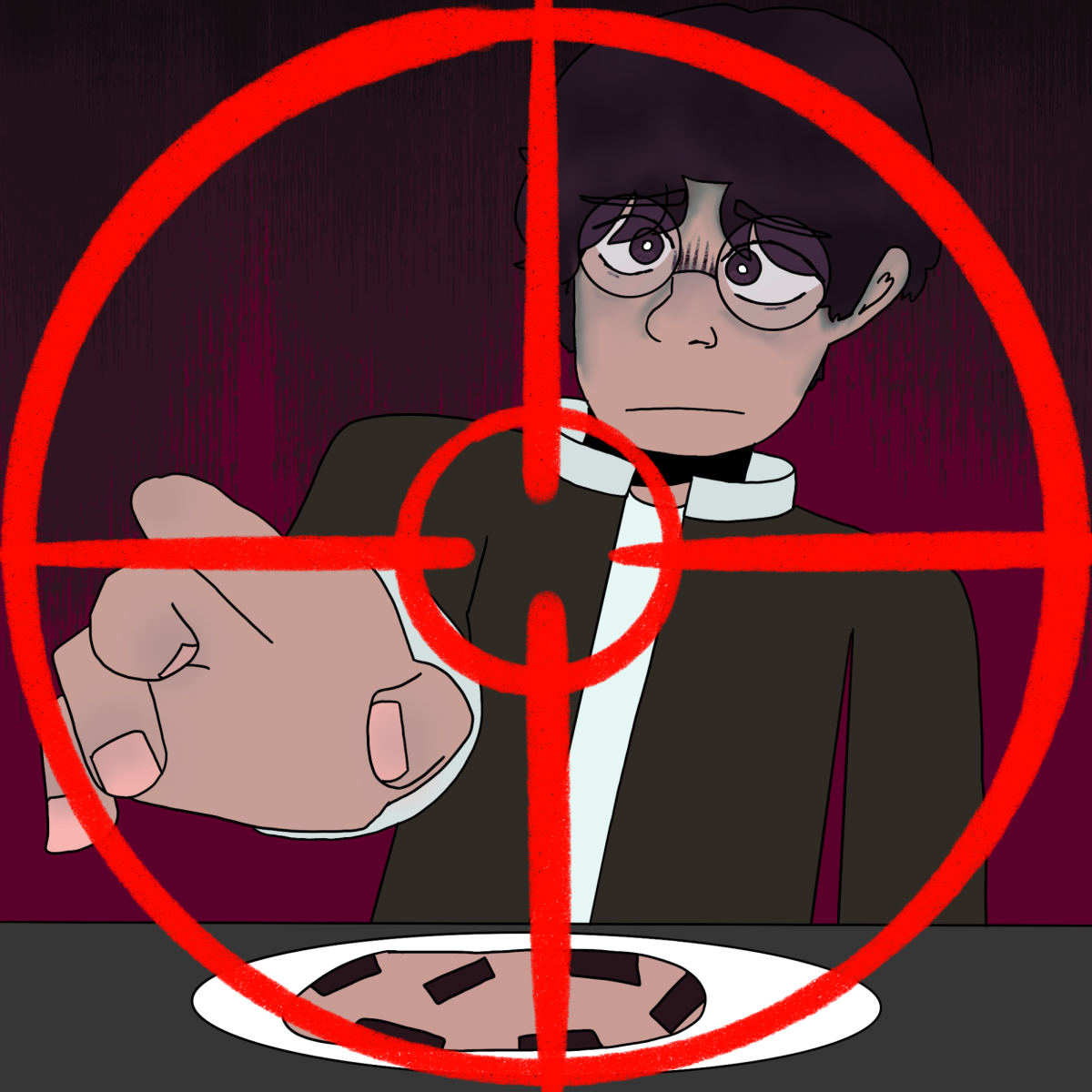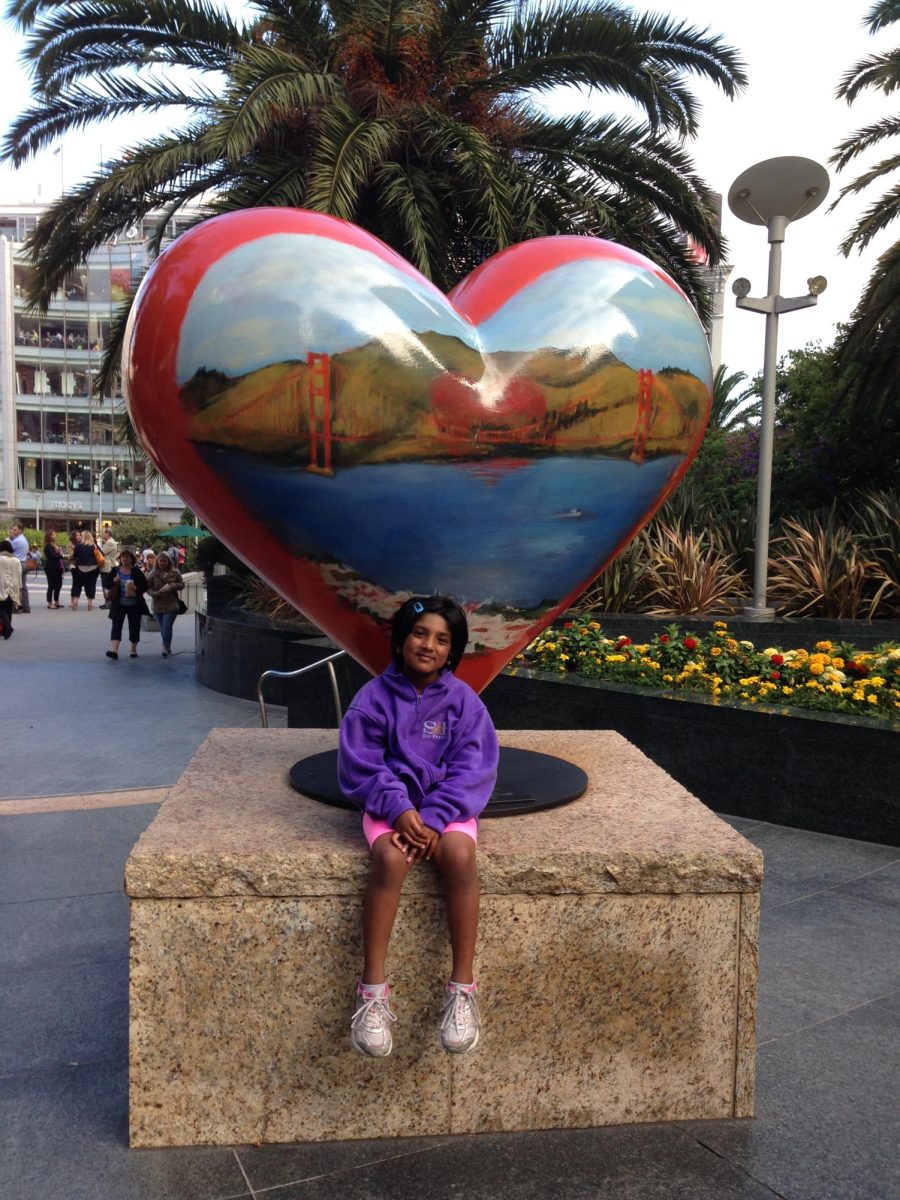In a world riddled with political unrest, environmental crises, and technological advancements, we often find ourselves drowning in despair. What do we do about world hunger? How do we prevent child labor around the world? These complicated issues are the subject of much debate as leading thinkers around the world grapple with their implications. But then, enter the really important debates. Is water wet? Is cereal a soup? How many holes does a straw have?
Let’s dive into a few of these more important discussions and try to make sense of these deeply complicated and multifaceted issues.
Does a Straw Have One Hole or Two?
The humble straw, a simple cylindrical tool, that has somehow become a battleground for philosophical inquiry. One side insists a straw has one hole, arguing that a hole is a continuous tunnel, much like a doughnut or a tube. The other camp counters with the claim that a straw has ”two” holes—one at the top and one at the bottom.
So, who’s right? Mathematically speaking, a straw has one continuous hole, as it maintains a single opening that extends from one end to the other. But try telling that to someone who sees two distinct entry points, and you might as well be arguing about the existence of Bigfoot.
One hole. But if you’re losing friends over this, maybe just switch to cups.
Is Water Wet?
This debate gets surprisingly heated for something as ubiquitous as water. At first glance, the answer seems obvious—of course, water is wet! After all, its presence is how we call an object wet. But here’s where things get tricky: the definition of “wet” typically involves a substance being covered in or saturated with water.
Since water is a liquid and not something that can be covered in itself, some argue that water isn’t wet; it merely causes other objects to become wet. It’s like asking if fire is burning.
Water isn’t technically wet, but arguing this at a pool party will definitely make you the least popular person.
Is Cereal Soup?
Cereal is a breakfast staple, but is it secretly part of the soup family? To answer this, we first need to define what soup is. If you go by the loose definition of “a liquid-based dish containing solid ingredients,” cereal might qualify. After all, it’s a bowl of liquid (milk) with solid components (cereal flakes).
But most people argue that soup typically involves a cooked or savory element, something cereal lacks. No one is heating up their Frosted Flakes or adding a pinch of salt to their Froot Loops. (If you are, please stop.)
Cereal is not soup. It’s just cereal. But hey, if you want to call it breakfast soup, I won’t stop you.
Is a Hot Dog a Sandwich?
Few debates have divided humanity as much as this one. The Merriam-Webster dictionary defines a sandwich as “two or more slices of bread or a split roll having a filling in between.” Looking at a hot dog, it becomes abundantly clear that it consists of a filling (the sausage) encased in bread on multiple sides, complying with the definition of a sandwich.
But purists argue that a hot dog is its own unique entity, with its own cultural significance. Calling it a sandwich feels like diminishing its essence. After all, you wouldn’t call a taco a sandwich, would you?
It’s technically a sandwich, but emotionally, it’s not. And that’s okay.
Why Do We Care?
At the heart of these debates lies a larger question: Why do we care so much about things that don’t matter? Maybe it’s because these arguments provide a safe space—a way to engage in lighthearted intellectual sparring without any real-world consequences. Unlike politics or social issues, there’s no risk of offending someone over the number of holes in a straw (usually).
In a world that is often divided, these debates remind us that it’s okay to have fun, to argue passionately over the absurd, and to embrace the fact that not everything needs a definitive answer. So, the next time someone asks if pineapple belongs on pizza, lean in, share your opinion, and remember … agreeing means defeat.

